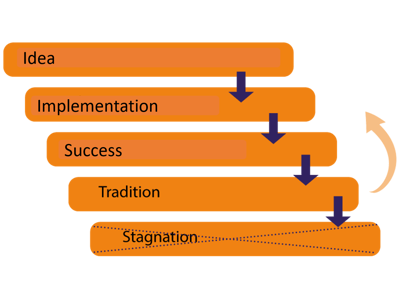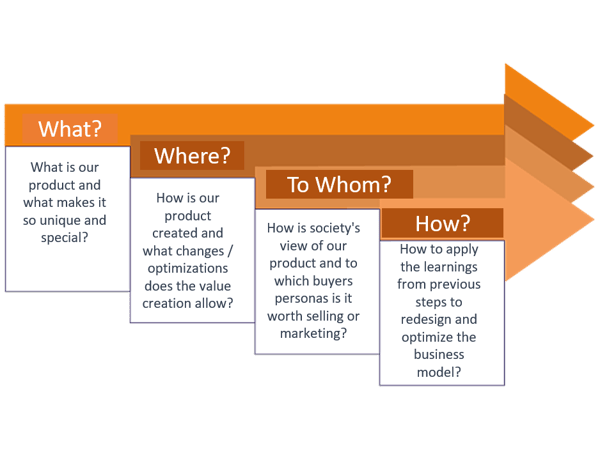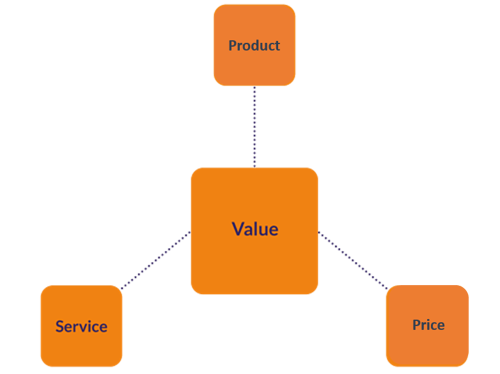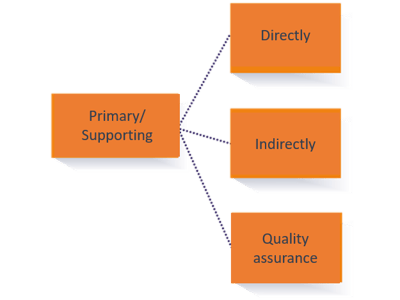Digital Transformation
Even the best business idea is no longer a novelty. Innovations can help make companies faster, smarter, and more efficient.
Increasingly, established business models are being strengthened with innovations that result from the digital transformation of the company's value chain.
In the post-Corona era, digital marketing and digital sales are no longer seen as "multi-channel" but are becoming the most important access to customers in the digital age.





